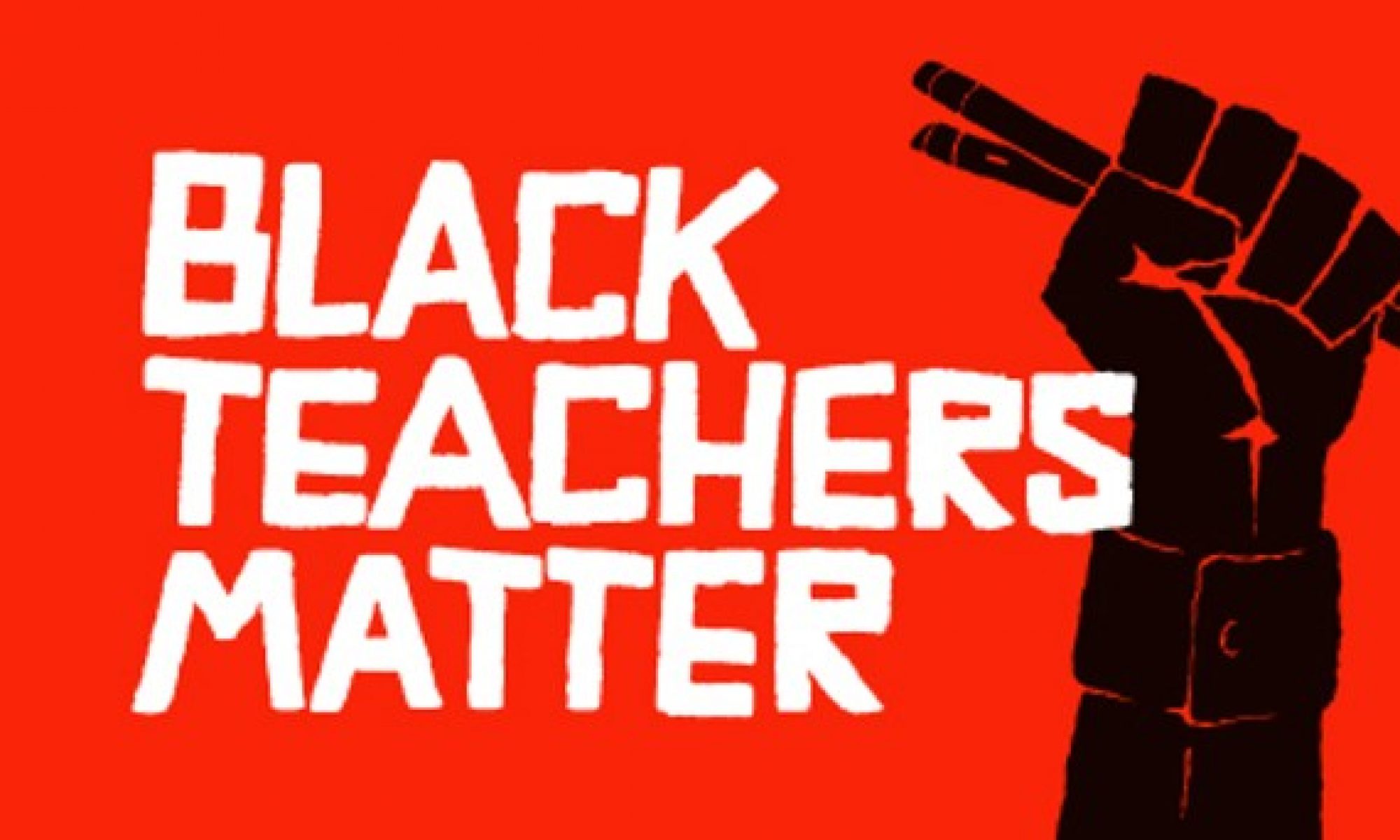Artifact: Cultural Assimilation
The artifacts I selected for Standard 2 (culture as it affects student learning) were a cultural study on East Asian immigrants (ESC 759) and my philosophy of teaching diverse students (ESC 769). The cultural study illustrates my understanding of how cultural identity influences self-esteem, language learning, and school achievement. My philosophy artifact provides evidence of how I infuse my students culture until my curriculum, material selection, and teaching.
In delving into my project archives throughout my graduate school career, there seems to be a common thread of interest: East Asian ELLs. While this idea of a specific type of ELL ties my studies together, I did discover enough information to align my interests to the particular class focus. ESC 759 Foundations of Bilingual/Bicultural Education provided and overarching idea of how bicultural education came into place, along with the legal and linguistic scaffolds that keep it relevant in modern education. In this class, I wrote a paper that discussed the cultural expectations faced by East Asian ELLs, the model minority myth(s), and the impact of said expectations had on second language acquisition.
In the process of researching this paper, I learned how…firm a grip old-world thinking has on the immigrant experience, even after generations of separation. Having taught in Korea, I knew first-hand the pressures that Korean students face as they try to conquer a multitude of assessments. In America, this pressure does not abate, and may even increase due to the necessity to learn English quickly and properly. Understanding these challenges, I try to offer frequent encouragement to my Asian ELLs and ensure that parents know how well their children are performing. Behavior issues are not common in East Asian ELLs, so as a teacher, I focus on providing extra help—after school and some Saturdays, as this is seen as standard practice for students in Asia.
Tied in with my keen understanding of East Asian cultural differences, my ESC 769 (Latinos in U.S. Schools) offered a starker idea of the immigrant experience. Reflecting back on my philsophy of teaching diverse students, I see that I have maintained my high standards quite well. Many, if not most, of my ELLs are of Dominican heritage, so I try to respect and indeed honor their culture within my classroom. One of the key concepts in my philosophy included aiding students in developing respect for their language and culture. As a teacher, I believe that when I student feels accepted as who they are, they are able to be taught with greater ease. One method I provide students is a safe space to speak their native language, usually by creating strategic partnering or creating think-pair-share opportunities. I also try to present materials that contain characters and moments that my students can connect to their own lives, whether it be a story with a Latino character or an article on Dominican food.
Reflecting back on my artifacts, I would like to try to engage parents more within the classroom. I feel that parental engagement aids in the language acquisition process not only for my students, but for the parents themselves. I may start to invite parents into the classroom so they can see my teaching in action and maybe take some aspects of my teaching and use it in the home, thereby allowing them to be both observers and participants.


